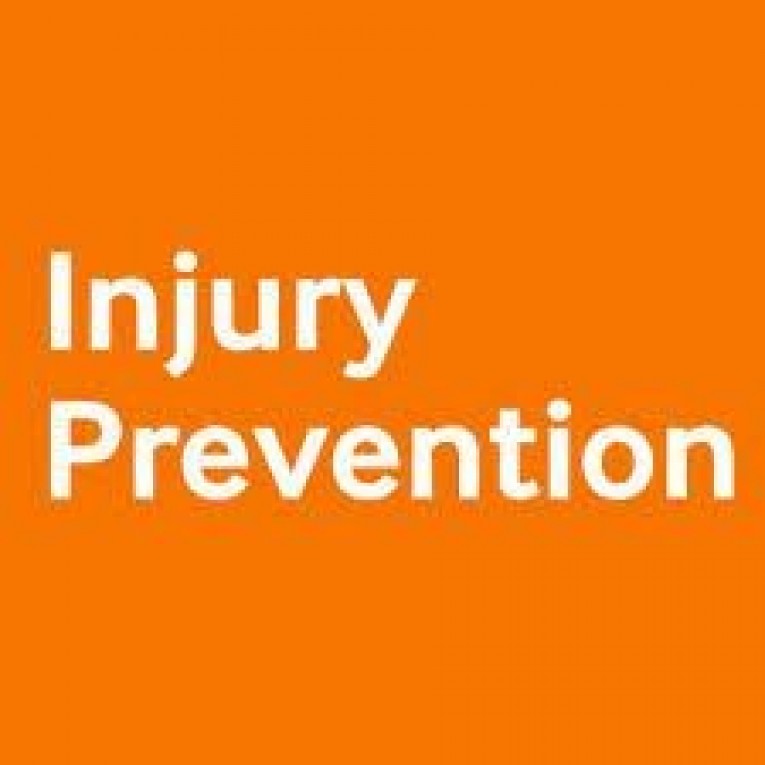Osteopaths look at the body as a whole and understand that sports injuries are often the result of underlying imbalances and spinal restrictions within the body. Many people come to see us after they have suffered an injury, and we are happy to help them; but many of these injuries could have been prevented if they had visited us before they had the injury.
A great part of the Osteopathic treatment protocol has to do with injury prevention. Osteopathy is all about making sure the body structure is correct so that it can function properly and handle the stresses to the body that come along with exercise and sports.

How does Osteopathy work for injury prevention?
Osteopathic treatment works because it focuses collectively on muscle and tissue imbalances as well as joint mobility and alignment across the whole body. Good body structure allows for good body function and distribution of load, which helps to prevent injury that may be caused by muscle imbalance, immobility and more. Osteopathic treatment focuses on accurate diagnosis, help with pain management, provision of tailor-made rehabilitation plans, advice on preventing further injury and how to enhance sports performance
Rehabilitating old injuries
It’s important to make sure the body is functioning properly to prevent injury. Old injuries that haven't been rehabilitated thoroughly flare up again when put under pressure, or cause different injuries as the body struggles to compensate. Muscle imbalances can cause injury too, so sometimes you need to stretch certain areas and strengthen others. Your osteopath can help you rehabilitate any old injuries or aches and pains before you embark on a season of sport or training regime.
Proper body mechanics: Muscle strains, especially those of the back, are a frequent reason for people coming to our clinic. Many people strain their backs because they carry and move objects incorrectly.
Improved posture: Poor posture often leads to complaints of back, neck and shoulder pain, because it overloads the muscles and ligaments. Poor posture may also alter your gait which can lead to back and knee pain. By correcting your posture we can help you avoid all these injuries.
Strong knees: Knee pain is often the result of weak quadriceps muscles, tight hamstring and calf muscles and lack of flexibility in the joint. By giving you a regimen of tailored stretching and strengthening exercises, we can help you avoid injuries such as runner’s knee, patellofemoral pain syndrome, ACL injuries and others. Some of these conditions may also be due to wearing the wrong type of footwear or poor technique. You may need to wear orthotics in your shoes or to modify your technique.
Preventing foot injuries: Achilles tendonitis, plantar fasciitis, metatarsalgia and other foot injuries are usually due to overuse or overtraining that puts stress on the tendons and ligaments, leading to pain and injury. Calluses under the feet, leg-length discrepancy, tight calf and hamstring muscles, over-pronation or over-supination can all signal the onset of these injuries. Osteopathy can help with specially tailored exercises to stretch and strengthen the muscles involved and advise you on proper footwear and technique.
Preventing shin splints: At the first sign of pain along the front of the lower leg you should take a few days off exercise. You can cross train during this time while we teach you how to stretch and strengthen your calves and shin muscles. You may also need to replace your running shoes.

What can I do myself?
If you’re preparing for a big game, a long run, a tough workout or an active day in the garden, keep in mind some of the following things you can do to make sure your body is prepared and less likely to incur an injury.
Conditioning:
If you’re heading into a big sport season, some pre-season fitness will condition the body and prepare it for action. Consider resistance training, cross-training, swimming, yoga or pilates to keep the body strong and fit in off-peak times.
Loosening up:
Starting with some gentle movement, stretching or a stroll to warm up the muscles will help the body to limber up and prepare for higher intensity movement.
Drink up:
Make sure you drink plenty of water as you’ll be losing a lot more fluid than you realise and dehydration will make your chances of injury significantly higher. And continue rehydrating after the activity is over.
Wind down afterwards:
Stretching out the body and taking time to wind down is an important part of any exercise regime. Taking some deep breaths, stretching the whole body, and allowing the heart rate to return to normal helps the body settle into “rest and digest” mode, release tension from the body and repair the muscles that have been working hard.

Just like there are many different types of injuries, there are many ways to avoid them. As the old adage reminds us, prevention is better than cure.
If you’re curious about how osteopathy might help you, give us a call on 03 322 4506 or visit our bookings page to book an initial appointment.
Back to blog
